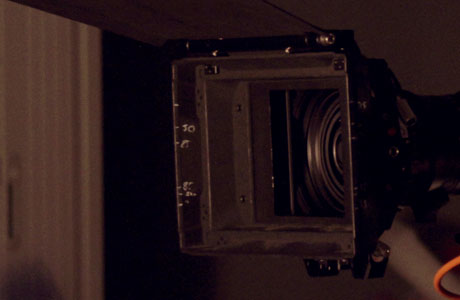News
Panasonic’s new 8K HDR camera
Panasonic has debuted a prototype camera with an “organic” 8K HDR sensor and a global shutter.
Panasonic and Fujifilm embarked on a project in 2013 to simultaneously capture high-motion scenes in ultra-high resolution and high dynamic range. The companies went back to the drawing board and found a way to place a light-sensitive coating (organic photoconductive film or OPF) on a CMOS chip. This divides the functions of the chip such that the CMOS is used only for charge storage capacitors and the organic layer for converting light into electrons. Among the benefits of a two-layer sensor design is the ability to add high-speed noise cancellation into the circuitry. Panasonic can increase the light-gathering power in the light-sensitive organic layer. This, in turn, improves the dynamic range.
The reference machine, AK-SHB810, which contains the 8K organic sensor in a box-type, PL-mount configuration, is on display at the Japanese InterBEE technology show, Nov. 14-16.
A 38-megapixel resolution sensor capable of outputting 8K or 4K video at 60 fps is connected via a fiber optic cable to an image processing unit. ND filters are implemented electronically. The model is expected to have a high saturation mode that allows data to be captured up to a light intensity of 450,000 electrons.
It would be an elegant solution to the current problem sports broadcasters have in covering soccer games or athletic events in areas where intense sun and deep shade alternate without overexposure or overexposure. It’s all timed quite well ahead of Japanese broadcaster NHK’s launch of 8K broadcasting in Japan scheduled for December 1. In addition, Panasonic also sees the technology being used for multi-viewpoint cameras (which perform synchronized multi-view imaging), perhaps even for 8K capture on a 360-degree platform to be unveiled at the Tokyo Olympics.
If you want to know more about this latest and incredible news you can visit thefollowing link.



